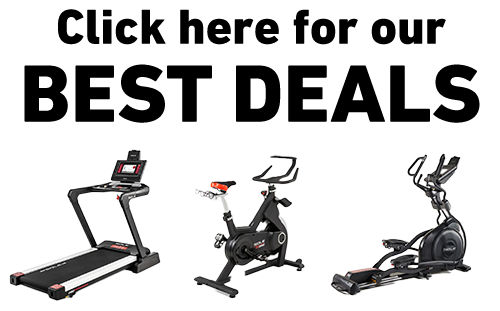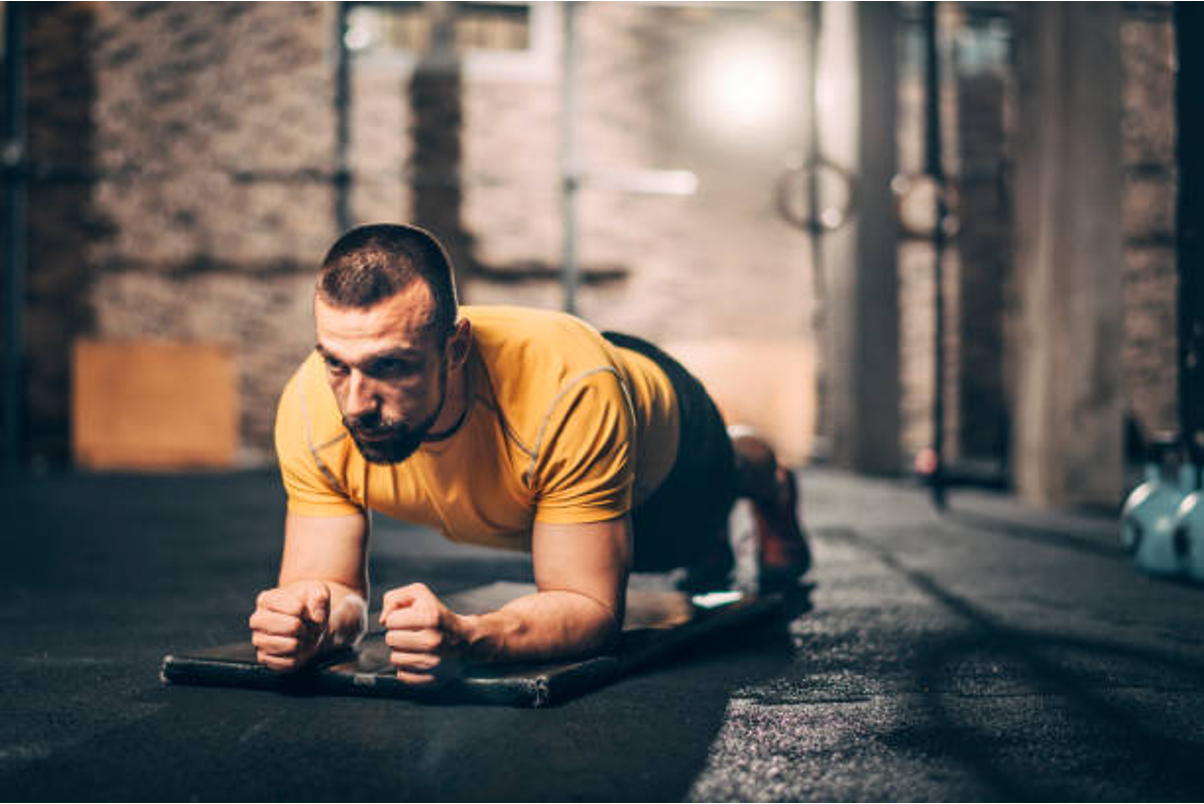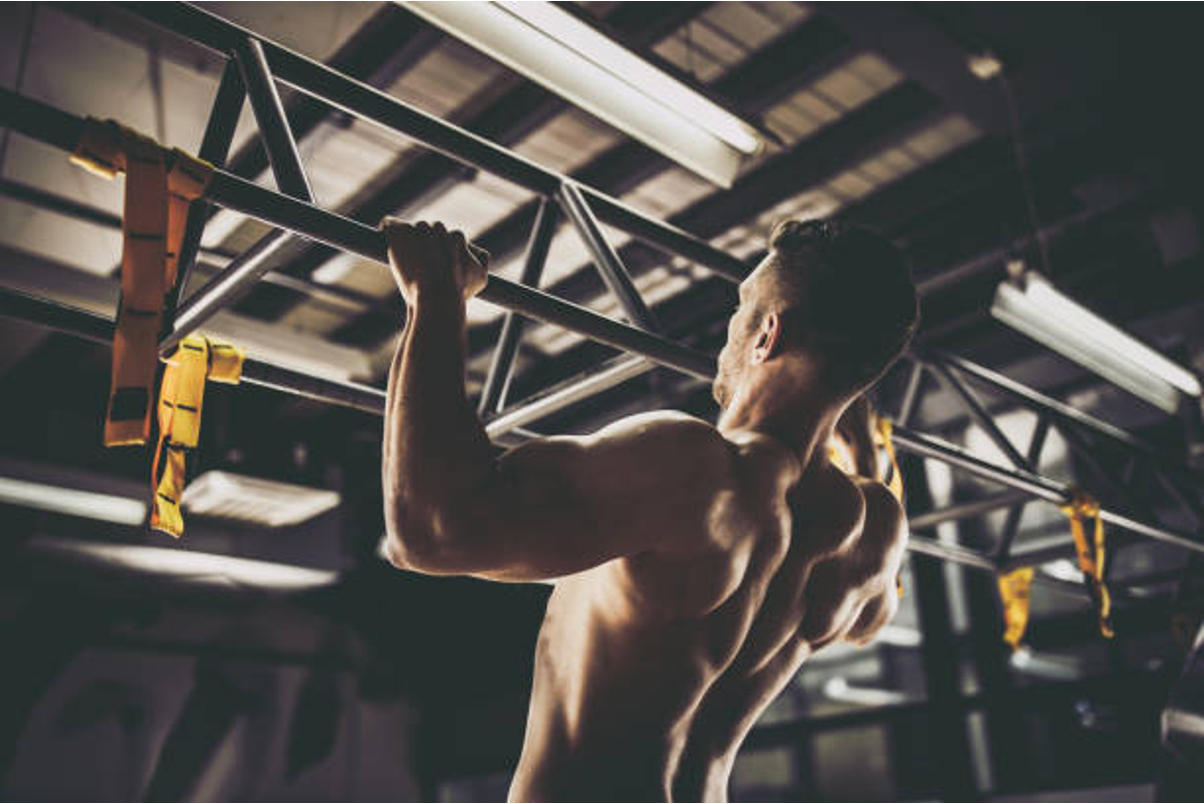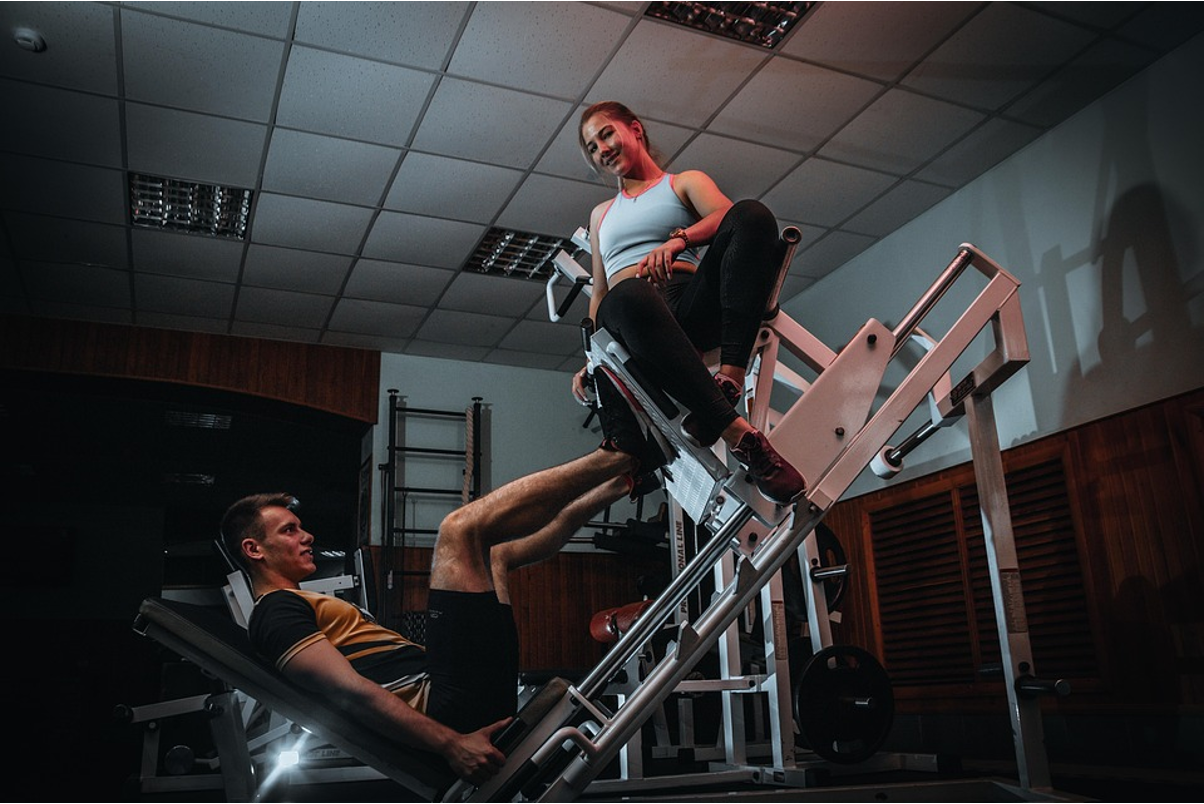Key Takeaways
- Elbow planks create less wrist pressure while focusing on core muscle engagement, making them ideal for beginners and those with wrist considerations.
- Full planks activate more shoulder and upper body muscles, offering greater versatility for progression into dynamic movements and strength building.
- Your fitness goals should determine which plank variation you choose—core focus favors elbow planks, while comprehensive strength building benefits from full planks.
- The difficulty difference between variations isn't simply harder vs. easier; each challenges different muscle groups with varying intensity levels.
- SOLE's Equipment Mat provides the essential cushioned surface needed for safe plank training by protecting your wrists and elbows while maintaining proper alignment during extended holds.
Understanding the Differences Between Elbow and Full Planks
The battle between elbow planks and full planks isn't which is universally "better.” You need to find which aligns with your specific fitness needs. From rehabilitation settings to high-performance training, both variations serve distinct purposes.
Choosing between an elbow plank and a full plank significantly impacts which muscles you target and how effectively you build strength.
The positioning difference between these two foundational exercises creates entirely different training experiences. This makes your choice important for achieving specific fitness goals.
|
Premium Home Gym Equipment with Award-Winning Quality! Complete Your Home Gym:
Why Choose SOLE: ✓ Commercial-grade quality for home use 30-Day Money-Back Guarantee: Love it or return it, no questions asked. |
Elbow Plank vs Full Plank: The Difficulty Analysis

The difficulty relationship between these variations isn't straightforward; each creates distinct training stimuli that challenge different muscle groups with varying intensity levels.
While elbow planks are often recommended for beginners, this oversimplification misses the nuanced differences in how each variation challenges your body. Both variations create distinct training stimuli that benefit different aspects of fitness.
Full planks create significantly greater activation in the shoulder and scapular muscles, while elbow planks can actually create more intense abdominal engagement in some individuals.
Plank Difficulty Comparison:
- Elbow Plank: Moderate core challenge, minimal wrist stress, suitable for beginners
- Full Plank: Greater shoulder activation, increased wrist pressure, better for strength progression
- Key Difference: Distribution of body weight and leverage points changes muscle recruitment patterns
Why Elbow Planks Are Generally More Accessible
Elbow planks distribute your body weight across a larger surface area of your forearms, creating a more stable base of support compared to balancing on your palms.
This mechanical advantage reduces the overall shoulder stability demands and decreases the leverage forces your upper body must manage.
For beginners building foundational core strength, this reduced upper body demand allows greater focus on proper core engagement without premature fatigue in the shoulders and wrists.
When Full Planks Present Greater Challenge
Full planks create a longer lever with your body, increasing the challenge to your shoulders and upper body stabilizers.
This extended position places your weight on your hands rather than forearms, requiring more activation through your serratus anterior and upper trapezius muscles.
If you have well-developed core strength but limited upper body endurance, full planks often feel substantially more difficult as the shoulders fatigue before the core reaches its limit.
Interestingly, some athletes with exceptional shoulder strength but underdeveloped core stability find elbow planks more challenging.
By removing the shoulder fatigue limitation, elbow planks allow these individuals to hold positions long enough for their core muscles to reach meaningful training stimulus.
Muscles Worked: The Real Differences

While both variations effectively engage core musculature, the distinct activation patterns create different training emphases and long-term development outcomes.
Core Engagement: How Each Plank Targets Your Abs
Elbow planks typically create slightly higher activation in the rectus abdominis (your "six-pack" muscles) due to the decreased involvement of shoulder stabilizers.
This concentration of effort in the abdominals often creates a more intense sensation in the mid-section during extended holds compared to the full plank position.
Both variations effectively train the deeper stabilizing muscles, including the transverse abdominis, which acts as your body's natural support belt. This deep muscle activation is crucial for spinal stability and transfers to improved performance in other exercises and daily activities.
Upper Body Impact: Shoulders, Chest and Arms
Full planks dominate in upper body activation, creating significantly higher demands on the anterior deltoids, pectorals, triceps, and serratus anterior.
The extended arm position transforms this exercise into a comprehensive upper body developer, essentially combining core training with an isometric pushing hold.
Elbow planks still engage upper body muscles, but at a reduced intensity. Your shoulders remain actively involved in stabilizing your position, but the bent-arm position decreases the leverage forces they must overcome.
This reduction in shoulder activation explains why those with shoulder limitations often find elbow planks more accessible and sustainable for longer durations.
|
Muscle Group |
Elbow Plank Activation |
Full Plank Activation |
|
Rectus Abdominis |
High |
Moderate-High |
|
Transverse Abdominis |
High |
High |
|
Anterior Deltoids |
Moderate |
High |
|
Serratus Anterior |
Low-Moderate |
High |
|
Pectorals |
Low |
Moderate |
The Full-Body Effects You Might Not Expect
Both plank variations create surprising activation throughout the posterior chain, engaging muscles far from your core.
Your glutes, hamstrings, and even calves work isometrically to maintain proper alignment and prevent sagging through your hips. This total-body integration explains why planks feel so challenging despite their stationary nature.
The alignment demands of planks also create important training adaptations for posture and movement mechanics.
By strengthening the stabilizing muscles that support optimal alignment, regular plank practice translates to improved posture during other exercises and daily activities.
Which Plank Fits Your Fitness Goals?

Selecting the right plank variation requires honest assessment of your current abilities and clarity about your training objectives, as neither variation is universally superior.
Best Choice for Beginners and Rehabilitation
If you are new to fitness or working through physical limitations, elbow planks typically provide the optimal starting point. The reduced shoulder and wrist demands allow focus on developing proper core engagement patterns without overtaxing supporting structures.
This foundational approach builds the stability necessary for more advanced variations while minimizing risk during the learning process.
Rehabilitation specialists frequently prescribe elbow planks before advancing to full planks, particularly for those recovering from shoulder, elbow, or wrist issues.
The forearm support position creates a stable base that allows controlled loading of healing tissues without excessive strain.
Ideal Plank for Strength Building
Athletes focused on building upper body strength alongside core development benefit most from full planks.
The extended position prepares your body for push-up variations and develops the scapular stability essential for overhead pressing movements. This transfer effect makes full planks particularly valuable for those pursuing comprehensive strength development.
The versatility of full planks also allows seamless progression into dynamic movements like plank shoulder taps and push-up variations. This natural evolution creates an exercise continuum that builds from static stability into controlled dynamic strength.
The Smarter Option for Wrists
Wrist discomfort or mobility limitations create a clear case for elbow plank preference. The forearm position completely removes wrist extension demands, which makes this variation accessible even for those with carpal tunnel syndrome, arthritis, or previous wrist injuries.
If you are determined to build toward full planks despite wrist issues, specialized equipment like push-up handles or parallettes can create wrist-friendly modifications. These adaptations maintain the shoulder training stimulus of full planks while reducing wrist extension angles to more comfortable ranges.
Optimize Your Plank Training with SOLE's Essential Equipment

The SOLE Equipment Mat helps for safe plank training by offering joint protection and stability necessary for proper form development in both variations.
Effective plank training requires a proper surface that protects your joints while maintaining stability for optimal muscle engagement. SOLE's Equipment Mat provides the essential foundation for both elbow and full plank variations with superior cushioning that eliminates the discomfort that often limits training quality and duration.
The generous 36.5" x 78" surface accommodates all plank positions and progressions, from basic holds to dynamic variations like plank shoulder taps.
The non-slip backing prevents dangerous mat movement during transitions or extended holds, crucial for safety when fatigue sets in during challenging training sessions.
The SW180, SW101, and SW155 Adjustable Dumbbells provide progression options for weighted plank variations as you advance. The free SOLE+ App includes core training programs with structured plank progressions.
Frequently Asked Questions (FAQs)
How long should I hold a plank to see results?
Effective plank durations depend more on quality than quantity. Perfect-form holds of 10–30 seconds repeated for 3–5 sets provide optimal training stimulus for most individuals. These focused efforts with complete engagement create more beneficial adaptations than single extended holds with deteriorating form. Progressive overload should come through improved quality and gradual duration increases rather than immediate extended attempts.
Can I do planks every day or should I rest between sessions?
While planks can technically be performed daily due to their low-impact nature, most individuals benefit from at least 1–2 recovery days weekly. The appropriate frequency depends largely on intensity; brief, submaximal holds may be sustainable daily, while intense, near-failure sets require recovery periods similar to other strength training exercises.
Why do I feel planks more in my shoulders than my core?
Shoulder fatigue during planks typically indicates either insufficient core engagement or underdeveloped shoulder endurance relative to your core strength. Proper technique requires conscious bracing of your abdominals while maintaining optimal shoulder positioning. Try consciously drawing your navel toward your spine and ensuring your shoulders remain directly above your elbows (in elbow planks) or wrists (in full planks).
Which plank variation is better for lower back considerations?
For those with lower back sensitivity, modified elbow planks typically provide the safest starting point. Begin with supported variations like knee planks to reduce overall load while mastering proper pelvic positioning. Focus on maintaining a neutral spine position without excessive tilting of the pelvis, as improper positioning significantly increases lumbar stress. Gradually progress to standard elbow planks as core control improves.
How does SOLE's Equipment Mat enhance plank training safety and comfort?
SOLE's Equipment Mat is essential for safe and comfortable plank training, providing superior cushioning that protects both wrists during full planks and elbows during forearm planks. The 36.5" x 78" surface gives you ample space for proper plank positioning, while the non-slip backing prevents dangerous mat sliding during holds or transitions between variations. The balanced cushioning protects pressure points without compromising stability, allowing you to focus on proper form and muscle engagement rather than discomfort.







Leave a comment
This site is protected by hCaptcha and the hCaptcha Privacy Policy and Terms of Service apply.